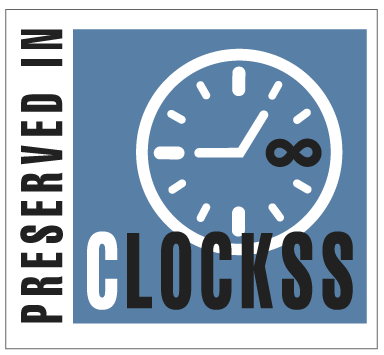Abstract
Safety in chemical and biological laboratories requires face masks. Nevertheless, the masked face images present obstacles to accommodate the wide pose variations, low resolution, changes in size and incomplete cropping, and varying emotive expressions, making feature extraction and recognition robust difficult. To decern between faces with proper, improper, and no facemask, Deep Learning (the use of Convolutional Neural Networks (CNNs)) and classifiers such as SoftMax, Support Vector Machines (SVM) and K-Nearest Neighbors (KNN) were used. The methodology utilized the 2075 AR face images that contain various resolutions, orientations, and occlusions. The paper develops a Deep Learning-based model utilizing CNNs and classifiers to detect proper, improper and no facemask usage. The results were promising, especially with occlusions in the moderated level: SoftMax with an accuracy of 88.41%, SVM with 80.19% and KNN of 47.58%. This methodology will assist in addressing challenges in detecting masked faces especially the wrong mask, which could help monitor compliance and ensure safety in other environments as well. The significance of the problem addressed is of utmost importance as it helps develop and ensure accurate detections of proper usage of facemasks. This issue is critical for safety in the chemical and biological laboratories and has implications for compliant enforcement, for safety, and for other industries especially those reliant on facial recognition technologies.
Keywords
Classifiers, Convolutional neural network, Deep learning, Face mask recognition, SVM
Subject Area
Computer Science
Article Type
Article
First Page
18154
Last Page
18166
Creative Commons License

This work is licensed under a Creative Commons Attribution 4.0 International License.
How to Cite this Article
Hussein, Hassenien Ali; Bachay, Firas Muneam; Mosa, Saffa Jasim; and Abdulameer, Mohammed Hasan
(2025)
"Efficient Face Mask Recognition Model Based on Deep Learning and Multi-machine Learning Classifiers,"
Baghdad Science Journal: Vol. 22:
Iss.
11, Article 25.
DOI: https://doi.org/10.21123/2411-7986.5127








